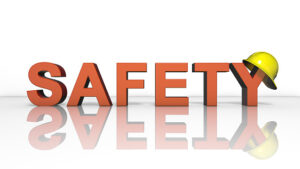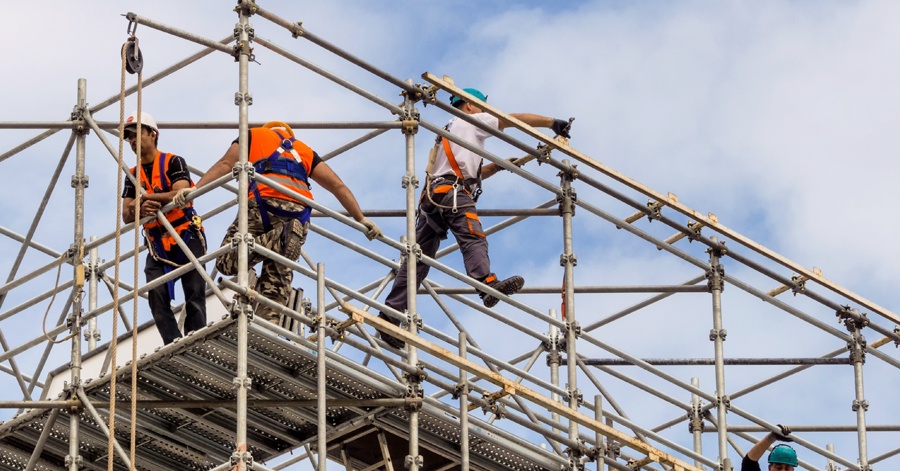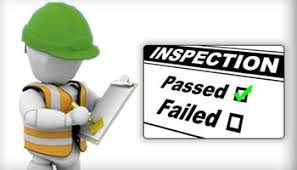
August 2023

Basic Scaffold Safety
SAFETY BEGINS AT GROUND LEVEL
Many people only think about scaffold safety after they climb onto the scaffolding structure. However, many accidents can be caused or prevented by employees working at ground level. Here is an overview of a few accident prevention tips to help keep everyone safe when working at ground level around scaffolding:
First, always wear your hardhat when working near scaffolding (or near any construction area) to avoid being struck on the head by falling materials, tools, or debris. Also, do not work or walk directly underneath scaffolding unless the area has been cleared by a supervisor, after making certain that adequate toe-boards and/or screens are installed, where required, or a canopy or safety nets are erected overhead. Always remember to NEVER cross any type of barricade to enter an area or take a short-cut underneath a scaffold – the barricade is there for a reason.
Supported scaffolding can lean or even fall over if the surface beneath the scaffold posts or supports becomes compromised. For that reason, you should not excavate any soil, not even a little bit, near a scaffold post or support unless you first get clearance from your supervisor.
For the same reason as stated above, you must also avoid causing the soil beneath supported scaffold posts or supports to become heavily saturated with water. Keep your distance from scaffolds when setting up or performing work processes that release large quantities of water, such as operating wet saws, placing pump discharge lines, running a power washer, or washing out mortar mixers and concrete drums.
Never operate mobile powered equipment, including but not limited to forklifts or tractors, in close proximity to scaffolding unless you have a clear unobstructed view of all parts of your equipment, as well as the scaffold. If not, have someone act as a spotter for you to help prevent the equipment from making accidental contact with the scaffold. If in doubt, also make sure no one is working on top of any affected section of scaffolding while you are operating equipment close by, in case you do make accidental contact.
Last but certainly not least, never try to move or modify any section of scaffolding unless you are working under the direction of a supervisor. All of these items could possibly be detected during the inspections of the scaffolding and adjacent areas that should be performed by a qualified person. However, we recognize that they cannot be present everywhere on the jobsite at all times, nor can they see everything that is going on.
Be sure to adhere to the safety tips discussed today, and if and when you do see a potential problem of any kind, be sure to take steps to ensure the safety of yourself and others, and always inform your supervisor of what you’ve seen.

